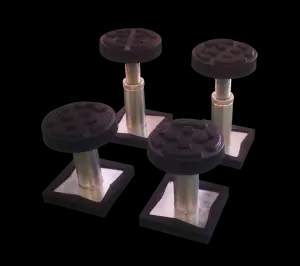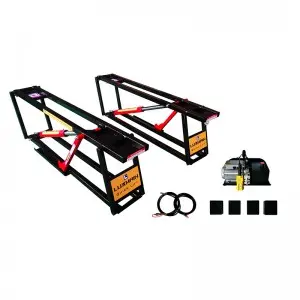
****
The cylinder is one of the fundamental shapes in geometry, characterized by its circular bases and a straight height connecting them. It has been a critical subject of study since ancient times due to its uniqueness and the numerous applications it holds in various fields, ranging from mathematics and engineering to everyday life.
A cylinder is defined mathematically as a three-dimensional solid that consists of two parallel circular bases joined by a curved surface at a fixed distance from the center of the circles. The primary components of a cylinder include its radius (r), height (h), and volume (V), which can be expressed through specific formulas: the volume of a cylinder is calculated as V = πr²h, while the surface area (A) consists of both the area of the circular bases and the curved surface area, given by A = 2πr(h + r).
The properties of a cylinder are not just of academic interest; they play a crucial role in numerous practical applications. For example, the design of tanks, pipes, and various storage containers heavily relies on cylindrical shapes due to their efficient use of space and material. Engineers and architects frequently incorporate cylinders into their designs, as they can distribute stress evenly, making them ideal for structures such as columns and beams.
In manufacturing, the concept of the cylinder aids in the production of mechanical components that require rotation, including gears and pulleys. When a cylinder rotates, the motion creates a smooth, continuous output, essential in machinery where precision and reliability are crucial. The calculations associated with cylindrical objects are vital during the manufacturing process to ensure that dimensions are accurate and materials are effectively managed.

Understanding the Geometric Properties and Applications of the Cylinder in Mathematics and Engineering
The representation of cylinders can also be very useful in computer graphics and simulations. In programming and 3D modeling, understanding how to accurately depict a cylinder is essential for creating realistic objects. This mathematical understanding allows designers to manipulate cylinders in virtual environments, facilitating innovations in animation, gaming, and virtual reality experiences.
Moreover, in the realm of physics, the cylindrical shape is frequently studied concerning fluid dynamics. Cylindrical tanks, for instance, are used for storing liquids and gases, and understanding how fluids behave in such environments is crucial for applications ranging from chemical engineering to environmental science. The flow characteristics of fluids through cylindrical pipes are analyzed using principles from fluid mechanics, making the study of cylinders a cornerstone in both theoretical and applied physics.
From an environmental perspective, cylinders feature prominently in waste management and recycling systems. For instance, cylindrical containers are often used for the collection of recyclables, capitalizing on their space-saving properties. Designing systems that optimize the capacity of these containers can lead to improvements in recycling rates and waste management efficiency.

Understanding the Geometric Properties and Applications of the Cylinder in Mathematics and Engineering
In addition to practical applications, the study of cylinders extends into the realm of art and design. Sculptors and architects draw on the aesthetic qualities of cylinders to create visually appealing forms. The elegance of cylindrical architecture can often be seen in modern buildings and installations, demonstrating the seamless blend of utility and beauty.

Understanding the Geometric Properties and Applications of the Cylinder in Mathematics and Engineering
In academia, the exploration of cylinders deepens our understanding of topology and solid geometry. Advanced studies in topology challenge conventional definitions, asking fundamental questions about shapes and spaces, where the cylinder behaves intriguingly. These explorations can lead to insights that connect with concepts such as manifolds, a central topic in higher mathematics.
As we can see, the cylinder is much more than just a geometrical figure; it is a shape that impacts various sectors and disciplines. Its unique properties make it a subject of mathematical exploration and a practical component in engineering, physics, art, and design. As we continue to explore the world around us, cylinders will undoubtedly maintain their prominence as a key to unlocking a wide array of technological and scientific advancements. Through thorough examination and application of cylinder geometry, we can harness its potential to enhance our understanding and interaction with the physical world.quick car jack lift